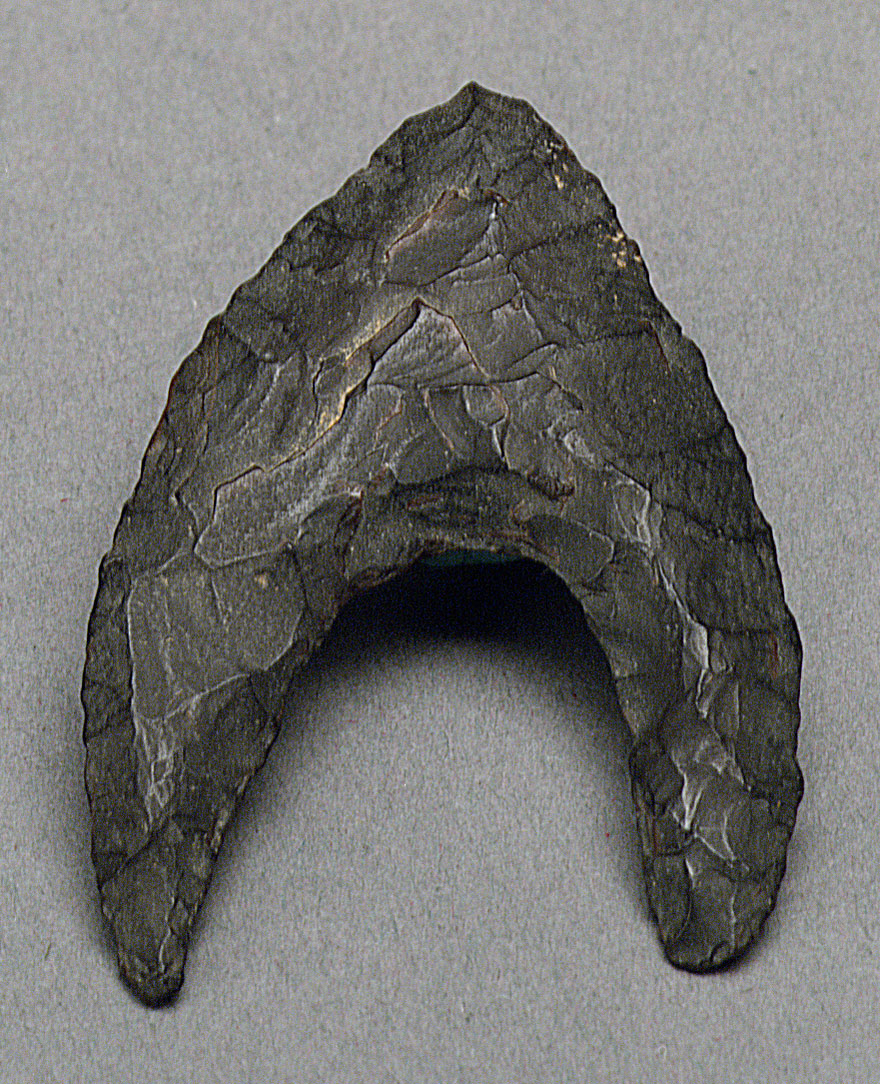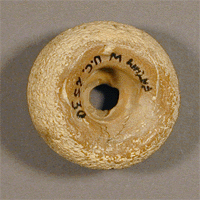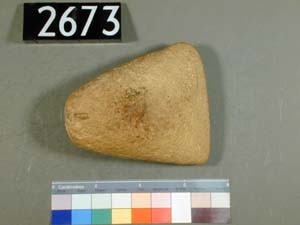The Rise of Naqada, the Wars in the North
Life is breezy and comfortable in the Nile Valley. The regular pattern of flood, planting and harvest has set a sedate pace of life for the people living here.
But while they live comfortably, they are aware of the disorder that lies beyond the quietude of the river. The Egyptians are developing a conception of the universe natural Order; along with that, they begin to despise its opposite, Disorder. They seek to control and regulate it.
This concept finds its first expression in the lands dominated by the people of Naqada, one of Egypt's most famous communities.
Animals, then people, will fall to the aggressive attempts of Naqadan Egyptians to control their world.
![]()
Full Resolution here.
![]()
Early palettes, showing a turtle, a fish, and an abstract shape.
![]()
The Dog Palette (Ashmolean Museum, Oxford).
![]()
The Hunters Palette (Full Resolution here).
![]()
The Battlefield Palette (Full Resolution here).
![]()
The Battlefield Palette again (Full Resolution here).
![]()
The Tehenu Palette (Full Resolution here).
![]()
The Scorpion King macehead (Full Resolution here).
Naqada II Material Culture
![]()
A bone figurine of a woman, c.3800 BCE, from an unknown place in Upper Egypt. Because of its general location and time, it is considered to be of the Naqada I "Amratian" Phase. British Museum.
![]()
A seated woman, made in limestone. Made around 3450 BCE, putting it in the late Naqada II "Gerzean" Phase. Possibly from Naqada itself! Met Museum of Art, NY.
![]()
A painted terracotta figurine of a woman. Discovered in Upper Egypt, made c. 3450 BCE. Its location and date place it roughly on the Naqada II "Gerzean" Phase, but close to the Naqada III phase as well. Brooklyn Museum. See other, beautiful objects from the same location here.
![]()
A pot of the Naqada II "Gerzean" Phase, when Naqadan tools, pots and artistic tropes were being carried throughout the country. Made of Nile mud clay and decorated in red paint before being put in the kiln.
![]()
See how these types of pots may have been fired in this attempted reconstruction (website with pictures, or academic article).
![]()
A Naqada II pot, with schematic of its decoration. Full resolution here.
![]()
A "Hathor" cow palette, in the Cairo Museum.
For an excellent corpus of palettes from Naqada I-III (c.4000-3200), see here.
Bibliography
Robert J. Wenke, The Ancient Egyptian State, 2009.
David Wengrow, The Archaeology of Early Egypt, 2006.
John Romer, A History of Egypt from the First Farmers to the Great Pyramid, 2013.
Toby Wilkinson, Early Dynastic Egypt, 2001.


























































